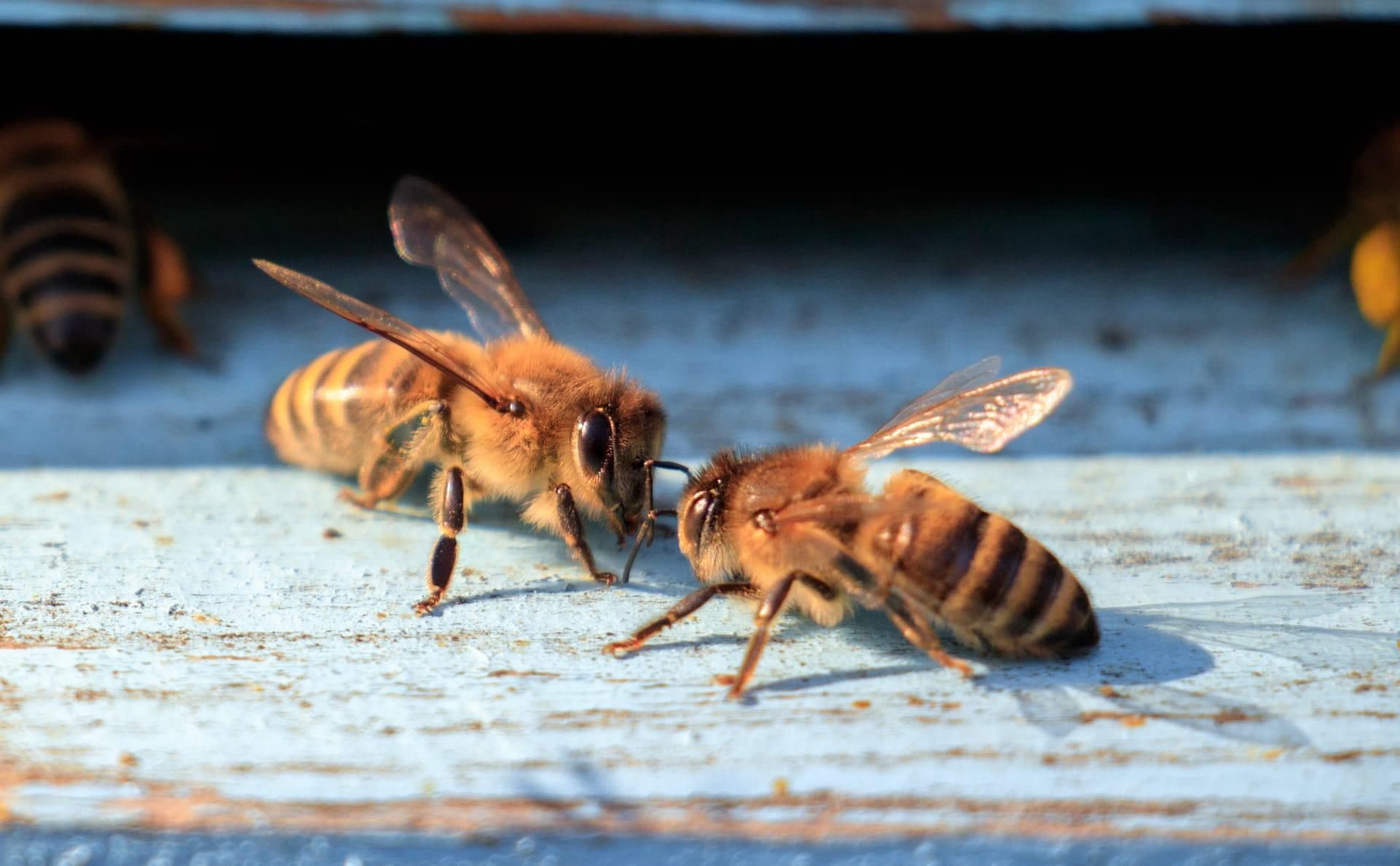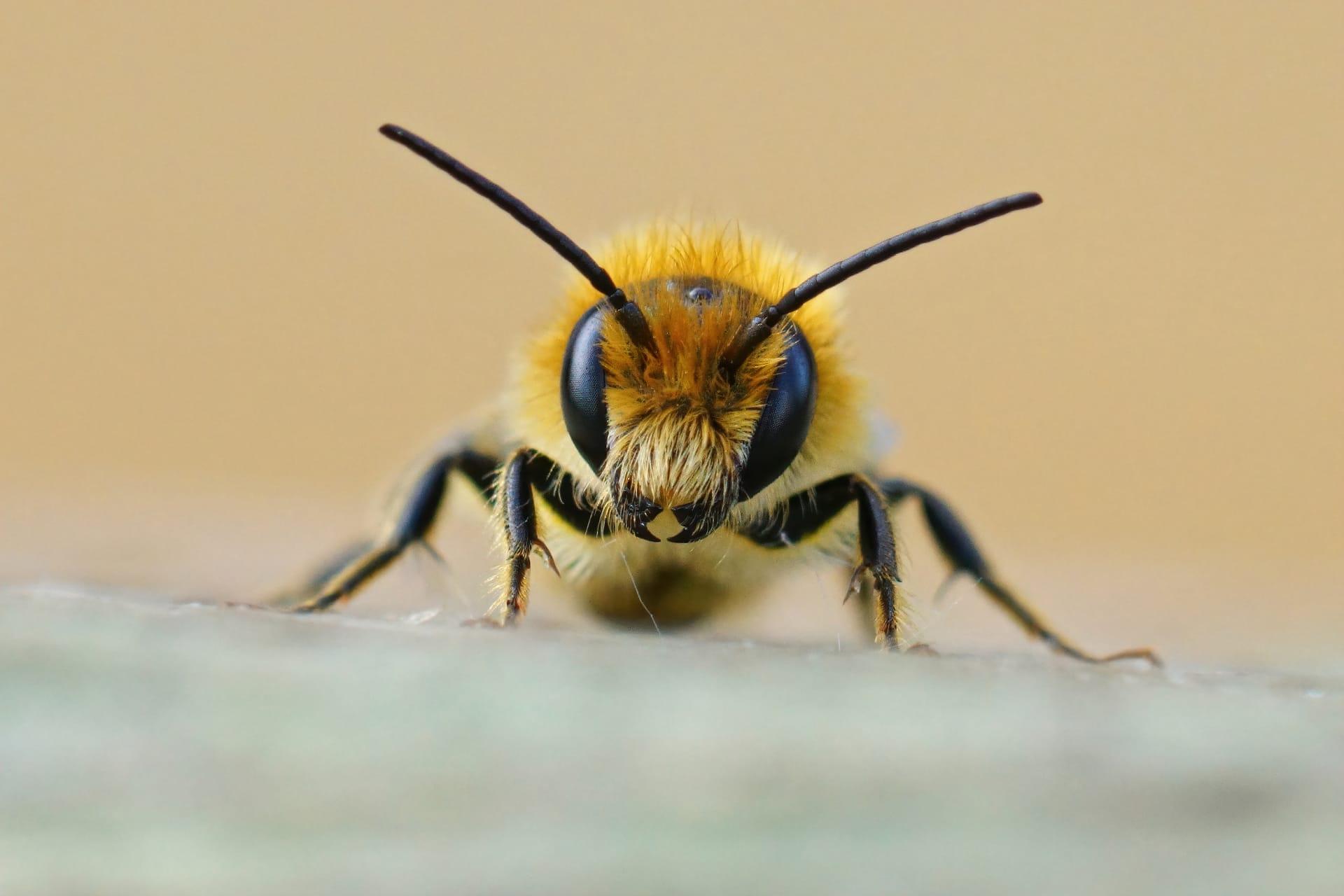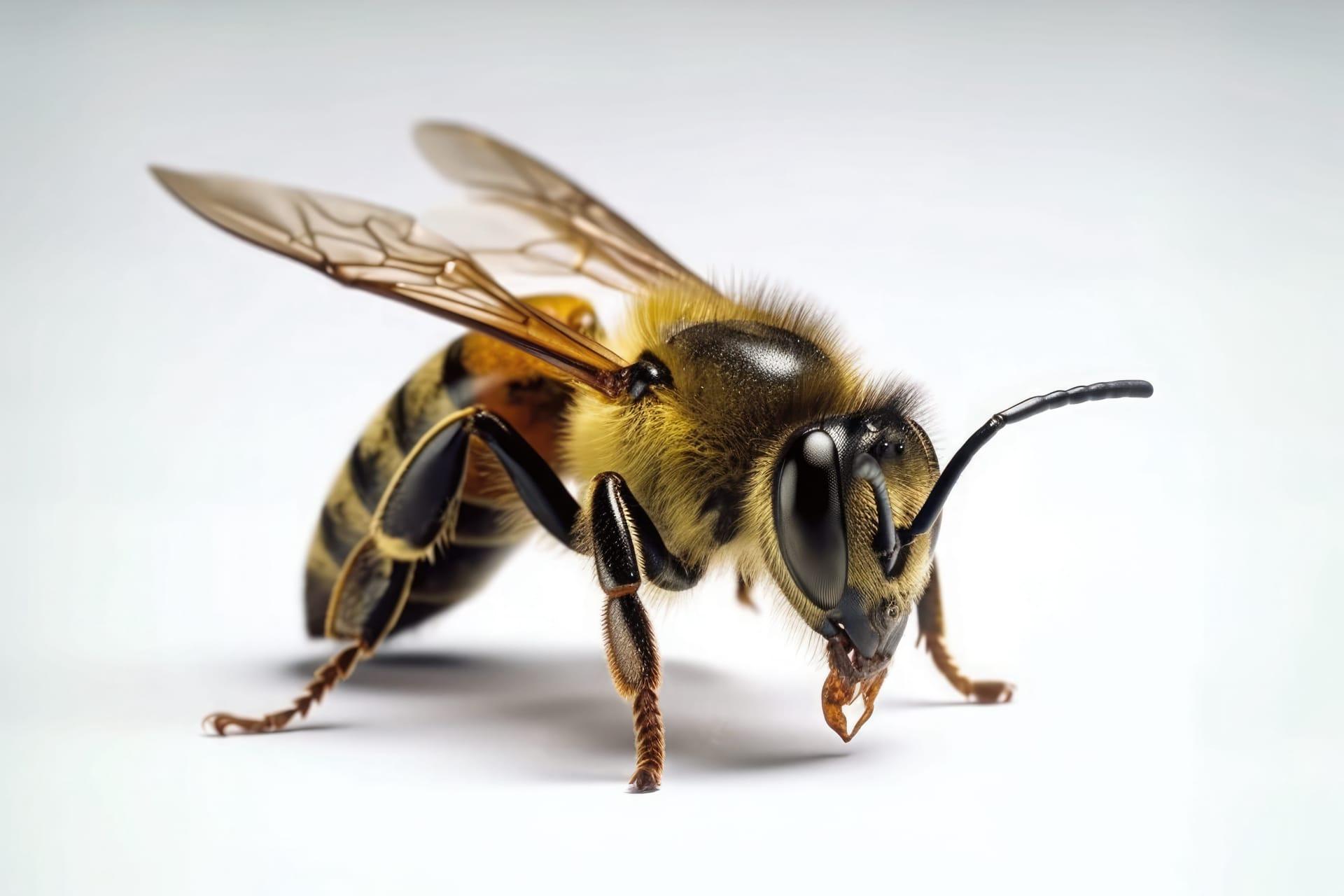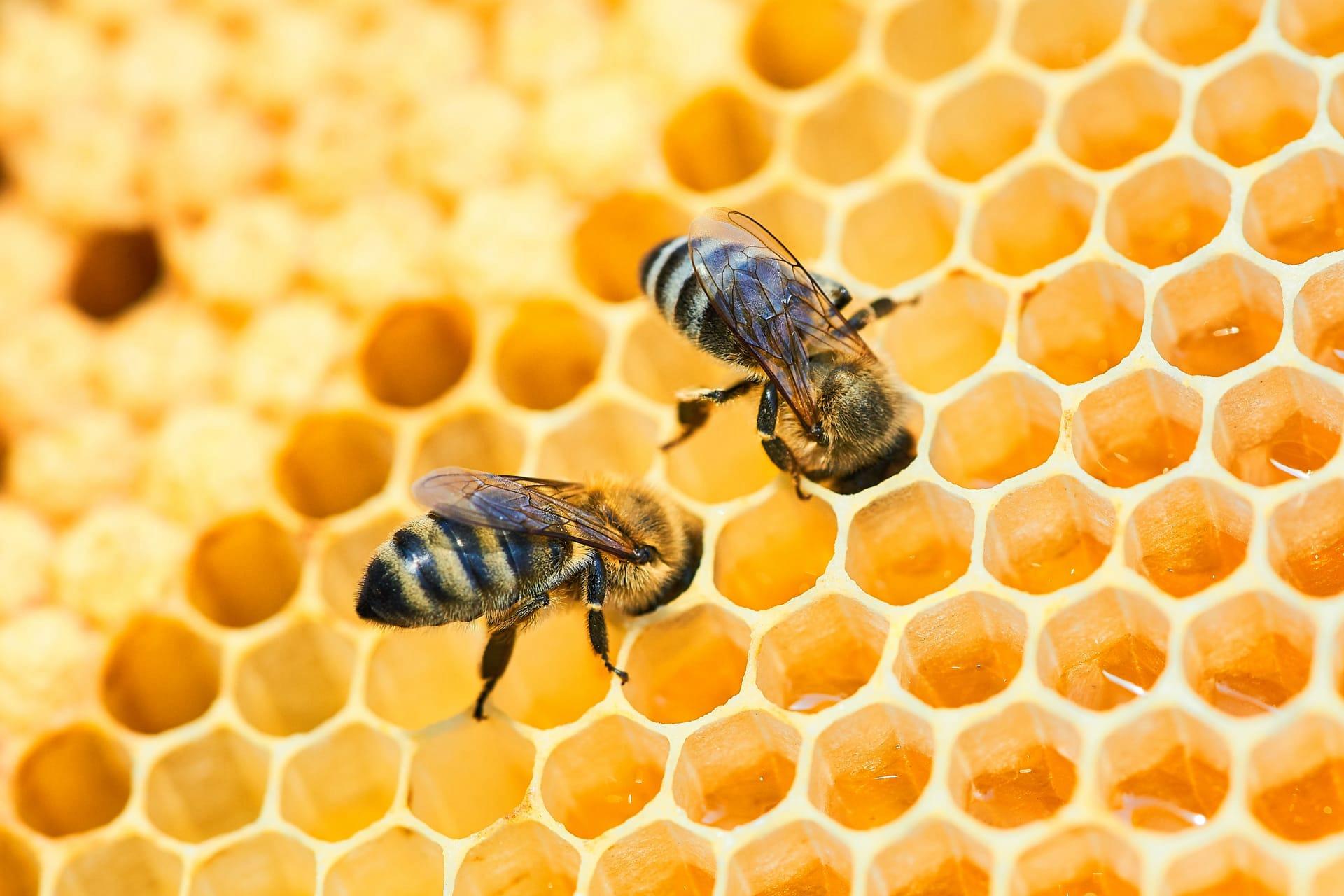Bees Trivia
- Home /
- Trivia Question /
- Animal /
- Bees Trivia
1
Question: How far can bees fly from their hive to find food?
Answer: Bees are remarkable navigators. A bee can fly as far as 5 miles (8 kilometers) from its hive to forage for food. However, they typically prefer to stay within a 1.5 miles (2.4 kilometers) radius. Their foraging range depends on the availability of food sources. When food is scarce, bees will venture further, exerting more energy, to collect nectar and pollen.
Question: What is the lifespan of a honeybee?
Answer: The lifespan of a honeybee varies significantly depending on its role in the hive. Worker bees, which are all female, live for about 6 weeks during the busy summer months. They literally work themselves to death. However, in the winter, they can live for several months as the hive activities slow down. Queen bees, on the other hand, can live up to 5 years. Their longevity is due to their sole focus on laying eggs and being cared for by the worker bees.

2
Question: Do all bees die after stinging?
Answer: Not all bees die after stinging. This common misconception mainly applies to honeybees. When a honeybee stings a mammal, its barbed stinger gets lodged in the skin, causing the bee to suffer a fatal rupture when it tries to fly away. However, bees like bumblebees can sting multiple times as their stingers are smooth and can be withdrawn from the skin.
Question: Are bees aggressive and likely to sting without provocation?
Answer: Bees are often thought to be aggressive, but they sting primarily in defense. Bees are more interested in collecting nectar and pollen than in humans. Most bees only sting when they feel threatened, such as when their hive is disturbed or if they are roughly handled. Being calm and moving slowly around bees significantly reduces the likelihood of being stung.

3
Question: How do bees communicate with each other?
Answer: Bees communicate through a fascinating method called the 'waggle dance'. When a forager bee finds a good source of nectar or pollen, it returns to the hive and performs a dance. This dance, involving waggling and circling, conveys information about the direction and distance of the food source relative to the sun's position. The duration of the waggle part of the dance indicates the distance.
Question: Can bees recognize human faces?
Answer: Surprisingly, bees can recognize and differentiate between human faces. A study showed that bees can learn and remember visual cues, such as facial features. They were trained to associate a human face with a sugar reward, and they could later identify the same face among several others. This remarkable ability is thought to aid in the identification of flowers.

4
Question: What role does the queen bee play in the hive?
Answer: The queen bee has a crucial role: she is the only reproductive female in the hive. Her primary job is to lay eggs - up to 2,000 a day during peak season. The queen also produces chemicals called pheromones that help regulate the hive's activities, including the behavior and development of other bees.
Question: Why do bees make honey?
Answer: Bees make honey as a food source to sustain the colony, especially through the winter when flowers are not blooming. They collect nectar from flowers, which is then broken down into simple sugars and stored in honeycombs. The constant fanning of bees' wings causes evaporation, creating the thick, sweet honey we know. It's their way of ensuring food security for the colony.

5
Question: Are all bees capable of producing honey?
Answer: No, not all bees produce honey. Of the approximately 20,000 species of bees, only a small fraction, including the well-known honeybees and some stingless bees, produce honey. Most bee species do not have the social structure or the biological capability to produce and store significant amounts of honey.
Question: How does the bee population impact the environment?
Answer: Bees play a critical role in the environment as pollinators. They are essential for the pollination of many plants, including crops humans rely on for food. It's estimated that one third of the food we consume each day relies on pollination mainly by bees. The decline in bee populations poses a significant risk to biodiversity, ecosystems, and agriculture.